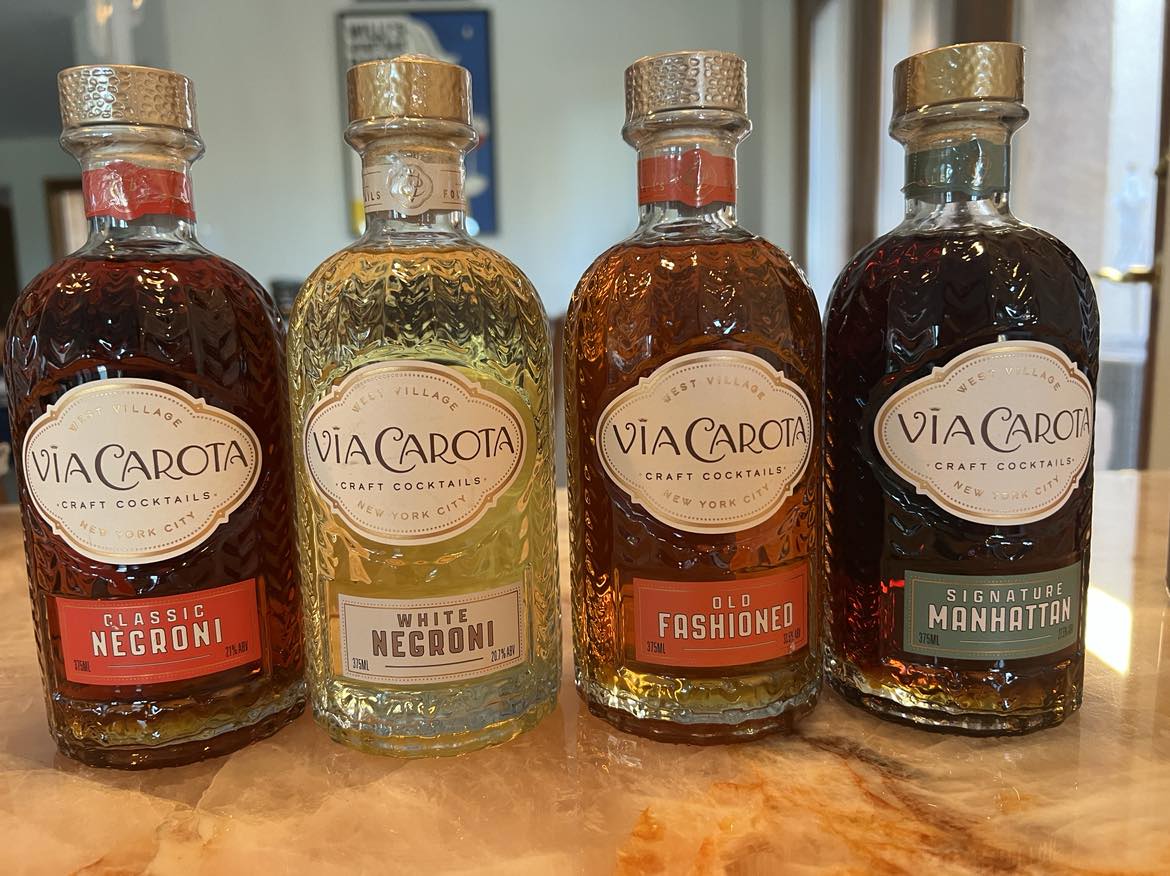When we sit down with friends or family and pop the cork on that special bottle of wine we immediately capture the aromas of various fruits . As we pour that wine into a glass and swirl it, our noses begin to perceive other unique aromatics such as various fruits, mocha, wood, saddle, smoke, etc, etc, etc. Next we taste it and again, we get a little tingle on the tongue and a puckering affect on the side of the mouth along with various fruits and flavors. It may be dry or sweet. All of these characteristics are the results chemistry.
In this article, I would like to write about a chemical that is extremely important in helping wine maintain its color, flavor and aroma. This chemical is sulfur dioxide (SO2). SO2 was discovered and used in wine production back in the days of the Romans. In 1487 the Prussian Royal decree officially allowed the use of SO2 in wines to help preserve them during storage and transport. The method of introducing the SO2 to the wine in these early times was the same as used by the Romans hundreds of years earlier. They would burn sulfur candles inside of the barrels before adding the wine. Once the wine was added, the chemical reaction of the sulfur and wine formed SO2 which prevented the wine from spoiling.
Not all sulfur needs to be added artificially, grape skins naturally create from 6 to 40 parts per million (ppm) of sulfites during fermentation. Wines in the United States can contain up to 350 ppm of sulfites. Organic wines limit the use of sulfites to 100 ppm in all produced wines. Most organic wines contain less than 40 ppm of sulfites.
SO2 is added at most stages of the white winemaking process, from crushing through bottling. During red winemaking, it is mandatory to add SO2 following the completion of malolactic fermentation.
Addition of SO2 is accomplished via various methods. Many wineries infuse SO2 gas directly into the wine. Others add sodium bisulfite or potassium metabisulfite as a powder or tablet. Sodium bisulfite or potassium metabisulfite release SO2 gas when added to water or products that contain water.
Know that we understand a little of the chemistry of SO2, let’s look at what it means to us the consumer and our wines. The largest benefit to the wine consumer as discovered hundreds of years ago is that it preserves and allows wine to age well beyond a few months. This is accomplished in a couple of ways.
First, it is an antimicrobial agent, which prevents the growth of undesirable yeasts and bacteria. Second, it acts as an antioxidant, preserving the wine’s fruit integrity and protecting it against browning.
As a antimicrobial agent, it helps prevent the growth of harmful yeast and bacteria in wine. The yeasts that are chosen for wines by the vintners have developed a resistance to SO2 over the years. This allows the vintner to regulate the final product removing faulty flavors by the influence of wild yeasts in the wines.
As an anti-oxidant, SO2 prevents browning and protects the fruit qualities of the wine. SO2 can bond with a molecule called acetaldehyde. Acetaldehyde smells like a bruised apple or rank sherry. Again, this is caused by a wine undergoing oxidation. When SO2 reacts with acetaldehyde, they bond together producing a molecule that is harmless and odorless. This allows the wine to not show the bad signs of acetaldehyde to the consumer. The bottom line is that SO2 effectively eliminates wines of the ill effects of oxidation.
Although SO2 has huge benefits to wines, there can also be negative effects if too much is added. In white wines, if the sulfur content is too high it will present a sulfur smell much like that of a fresh lit match. The wine will also have a harsh metallic taste on the palate. In young red wines, excessive SO2 bonding with anthocyanins will cause the red color to bleach or lighten. In older red wines, the anthocyanins bond with tannin molecules which prevents the bleaching process of the SO2. As the SO2 concentration declines over time, the color returns. If a sulfur nose is detected in a red wine, this is not the result of excess SO2 but a wine fault caused by the presence of Hydrogen sulphide (H2S). Many of us have smelled that distinct odor of rotten eggs when we get around stagnant water in mud bogs. That is H2S. The mud flats of Bolsa Chica Beach instantly comes to my mind remembering college days when I was doing research there for a Marine Biology course.
If you remember my article on different wine closures, it has been noticed that the ROTE or Stelvin closures has shown a high incidence of sulfur odor in young white wines. Remember, these closures keep oxygen out and SO2 in the bottle. Without chemical interaction between the two, the sulfur dioxide is at a higher level than what would be found in a bottle with a cork closure where oxygen migrates slowly into the wine reacting with the SO2. This is only a factor in very young white wines (less than a few months in the bottle). As it ages, the chemistry balances out and the smell of sulfur will become undetectable.
I hope that I did not put everyone to sleep with the chemistry. The key things to remember is that chemicals like SO2 are very important to wines. We hear buzz words like oxidized, corked, tannic acid, etc. We never hear about chemicals such as SO2. The fact that this simple chemical is helping our wines to stay fresh, have good color and not be spoiled or damaged over time is phenomenal. The benefits of sulfur dioxide are so great as a preservative that since its discovery, it is used in almost all perishable foods that we buy today.
Here is a question for everyone. Is SO2 a big contributor in the preservation of very old French Bordeaux and Burgundy wines? I am talking about wines that have been cellared for 25-50 years yet are still good? Why are Napa Cabs not capable of such longevity? Another topic for another day.
Cheers,
Rusty Sly











Great article! One of the most common questions I get at tastings is about sulfites – folks are scared of them because of bad publicity about preservatives. When I explain that there is more sulfur dioxide in an 8 oz. glass of orange juice than in a whole case of wine, they're amazed.